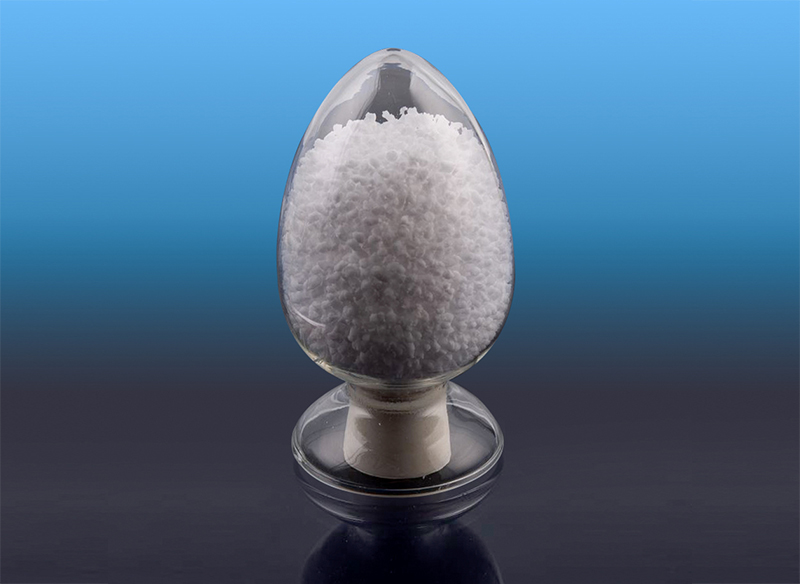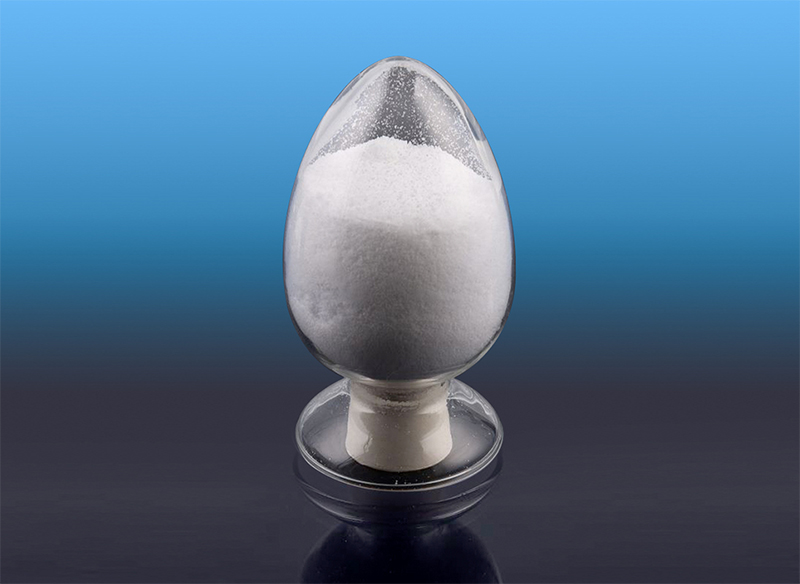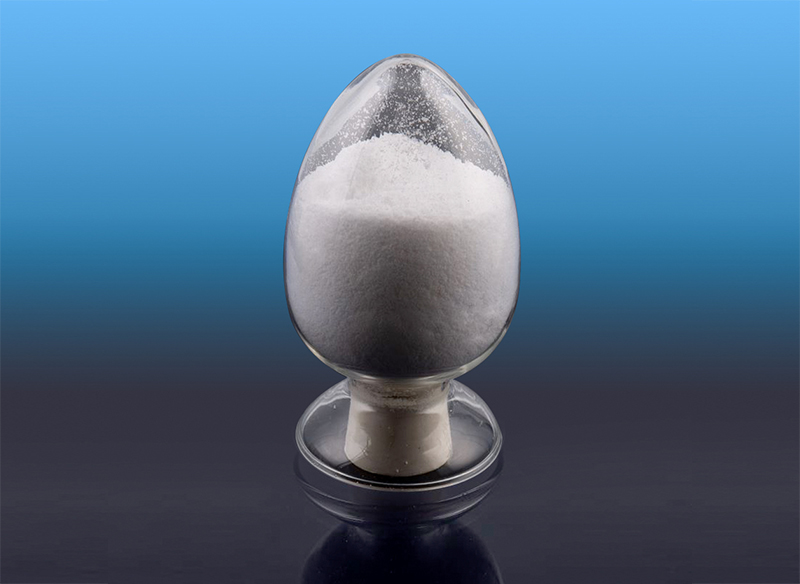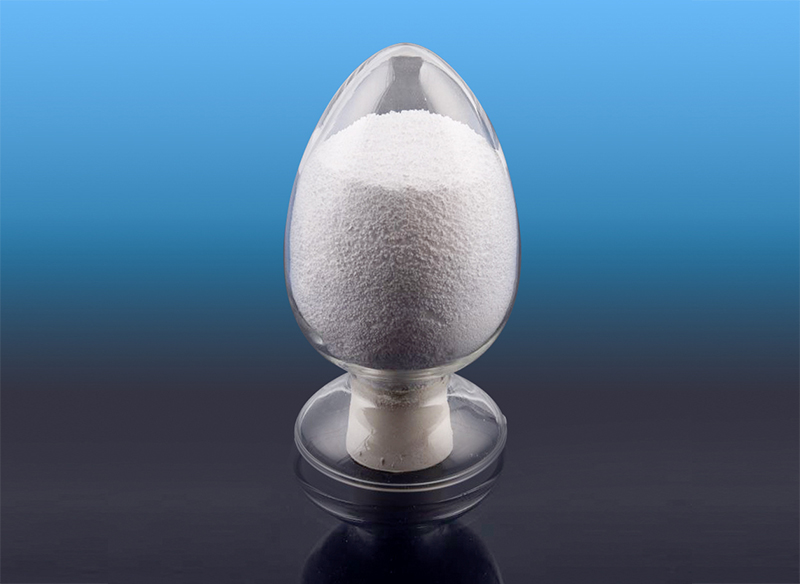How Styrene-Butadiene Block Copolymer (SBS) Enhances Modern Construction and Manufacturing
1. The Growing Importance of SBS in Industrial Materials
Styrene-Butadiene Block Copolymer (SBS) has become one of the most widely used thermoplastic elastomers across various manufacturing sectors. Its unique combination of flexibility and mechanical strength makes it an essential material in modern construction, packaging, footwear, and adhesive production. By merging the elasticity of rubber with the easy processing of plastic, SBS offers a cost-effective and versatile solution for industries seeking to balance performance and efficiency.
In recent years, the demand for SBS has continued to grow, driven by infrastructure development, the expansion of consumer goods markets, and the need for more durable and weather-resistant materials.
2. Key Material Advantages That Drive SBS Applications
SBS offers a series of material advantages that make it adaptable to both heavy-duty industrial products and consumer-grade materials. Its properties can be tuned by adjusting the ratio between styrene and butadiene blocks, allowing manufacturers to achieve the desired balance of elasticity, hardness, and resistance.
- High elasticity and recovery after deformation, comparable to natural rubber
- Strong adhesion to asphalt, plastics, and metals, enhancing bonding and coating performance
- Excellent weather and temperature resistance, suitable for outdoor and long-term use
- Simple processing through extrusion, molding, and blending techniques
- Stable surface quality and mechanical durability in various conditions
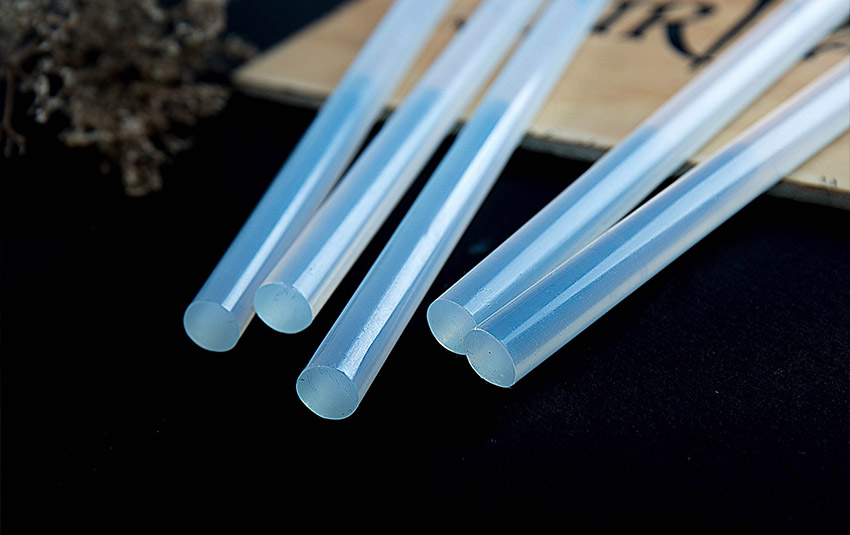
3. Construction Applications: Enhancing Durability and Flexibility
In the construction sector, SBS plays a vital role in producing modified bitumen for roads, roofs, and waterproof membranes. By blending SBS with asphalt, manufacturers improve the flexibility, crack resistance, and lifespan of pavement and roofing materials. This modification allows surfaces to expand and contract under temperature changes without losing structural integrity.
| Application | Function | Benefit |
| Road Construction | Mixed into asphalt | Improved elasticity, reduced cracking |
| Roofing Membranes | Adds flexibility to waterproof sheets | Enhanced weather resistance and durability |
| Sealants and Coatings | Improves adhesion and elasticity | Better crack prevention and longer lifespan |
4. Footwear and Consumer Products: Combining Comfort and Performance
In the consumer market, SBS is used extensively in footwear soles, handles, and grips, where flexibility and comfort are priorities. It allows manufacturers to design lightweight and cushioned products without compromising durability. The elastic nature of SBS also provides excellent shock absorption, making it suitable for sports and leisure footwear.
- Used in midsoles and outsoles for flexibility and slip resistance
- Provides a soft touch surface for ergonomic products
- Can be blended with other polymers for texture and hardness adjustment
5. SBS in Adhesives and Sealants: Reliable Bonding Strength
Thanks to its molecular structure, SBS exhibits excellent adhesive characteristics. When used in pressure-sensitive adhesives, tapes, and sealants, it delivers strong bonding capability even under vibration or temperature variations. This property makes SBS-based adhesives a common choice in packaging, automotive interiors, and household products.
SBS also performs well in hot-melt adhesive formulations, offering good viscosity stability and rapid solidification after application, improving manufacturing efficiency and reducing production costs.
6. Role in Plastic Modification and Industrial Components
SBS can be blended with polystyrene, polypropylene, or polyethylene to enhance flexibility and impact resistance. This modification improves the toughness of rigid plastics, making them suitable for products that require both form stability and resilience, such as tool housings, flexible packaging, and industrial components.
Its compatibility with other polymers enables customized performance, giving engineers more freedom in material design and reducing the need for additional additives or coatings.
7. Future Outlook: Sustainability and Innovation in SBS Production
The development of environmentally responsible manufacturing methods is reshaping the SBS industry. Producers are focusing on low-emission production, solvent reduction, and recycling technology to minimize environmental impact. Reprocessed SBS materials can be reintegrated into construction and consumer applications, extending the lifecycle of the polymer.
With ongoing innovations in polymer chemistry, SBS will continue to evolve as a key material for durable, flexible, and sustainable product design across multiple industries.

